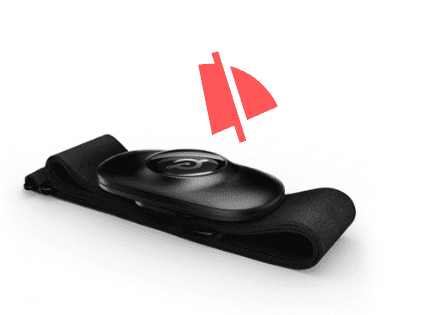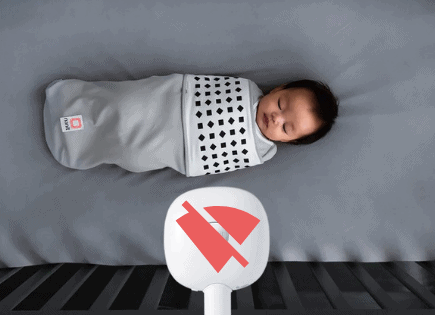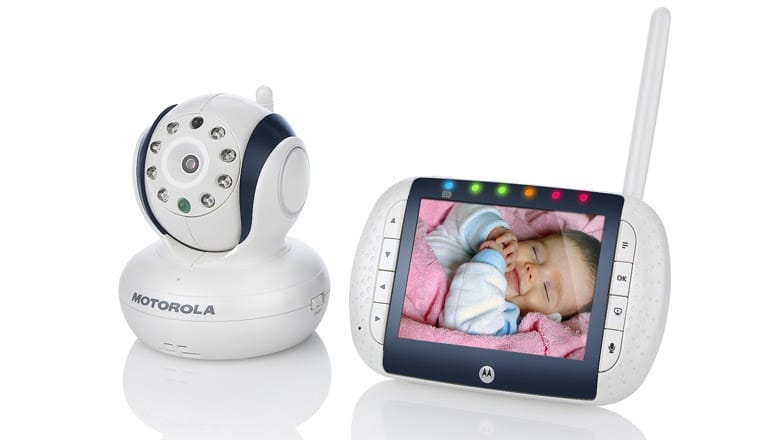
How to Secure Your Wi-Fi Baby Monitor to Prevent Hacks
Keeping your child safe and secure is a top priority, right? Today, we’re talking about how you can lock down your Wi-Fi baby monitor to keep the creepy-crawlies out of your private life.
Anything that hooks up to the internet, like baby monitors, can be a backdoor for hackers looking to sneak a look into your personal space.
I’m here to guide you through improving the security of your baby monitor as well as your whole home network. It’s easier than you might think, and it’s going to let you enjoy more relaxed, worry-free time with your little one. Ready to get started? Let’s secure that baby monitor!
Secure Your Home Wi-Fi Network
Securing your home Wi-Fi network is more important than you might think, especially with devices like baby monitors connected to it. A lot of people miss this step, but it’s your first line of defense against intruders.
Let’s start off by changing the default network name (SSID) and password. It’s a bit like swapping the locks when you move into a new house – really important for keeping out uninvited guests. Shoot for a strong password that mixes letters, numbers, and symbols; think of it as a complex code that guards all your valuable data.
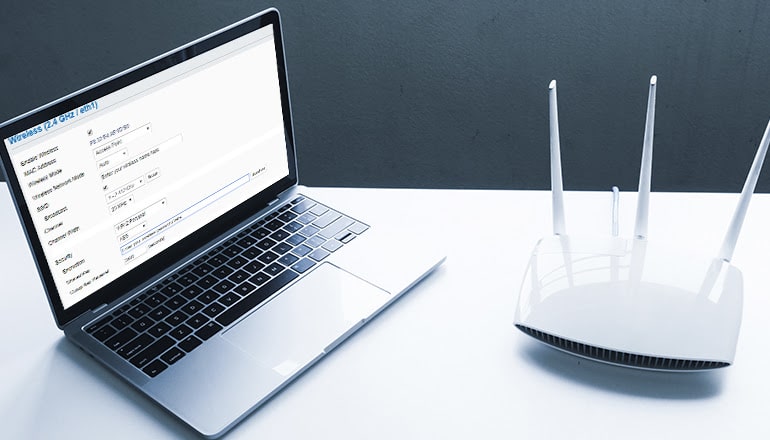
Next up, make sure you’re using the latest encryption methods, like WPA2 or WPA3. Think of these as impressive security measures for your online information, keeping it safe and hidden from prying eyes.
Remember to regularly update the firmware of your router. It might seem like a chore, but this step patches up security holes and keeps hackers at a distance. Staying updated means staying secure.
Lastly, think about adding a smart home firewall. This useful device monitors your internet traffic to catch and block nasty threats. It’s not perfect, but it’s an extra layer of defense for your home network.
Use Strong and Unique Passwords
Creating a strong password is important for keeping our kids safe online – and the password to your baby monitor is no exception.
Start by avoiding obvious choices like “123456” or “password.” These are too easy to guess and are in every password list! Instead, blend uppercase and lowercase letters with numbers and special characters. This mix will make your password tough for others to crack. Or, use a secure password generator like LastPass’s password generator.
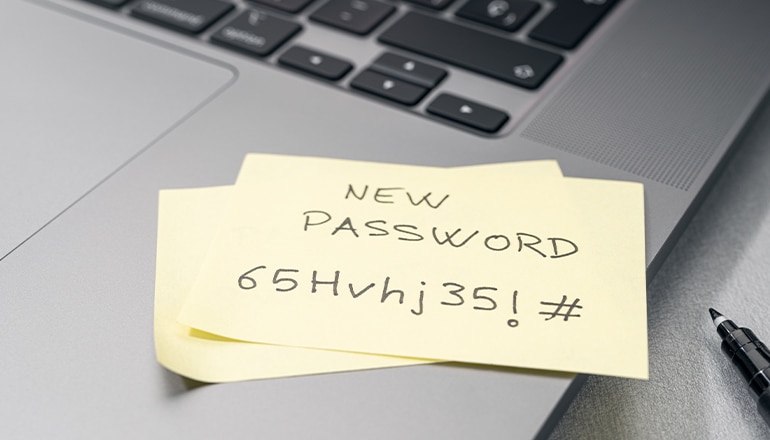
Have trouble creating and remembering complex passwords? Try a passphrase. To give you an example, take “My baby’s smile makes every day worthwhile!” You could shorten this to something like “Mb$meDw!” using the first letters of each word and adding different characters for extra security.
Predictable passwords, or worse, using the same one across different devices and accounts is like handing keys to a thief. To manage your many different passwords, think about using a trustworthy password manager. These tools help you create, store, and manage tough-to-crack passwords without needing to memorize each one.
Is Two-Factor Authentication Needed?
When it comes to keeping our families safe and preserving their privacy, we really need to mean business with every layer of protection we choose.
Let’s talk about adding two-factor authentication (2FA) to Wi-Fi baby monitors because I think it’s a big deal. So, what’s 2FA? It’s like a double-check step that is added to your device. After you enter your password, it asks for a second verification – maybe a code sent to your phone or one generated by an app. This means if someone has sneakily obtained your password, they still can’t sneak a look at your baby monitor without that second code. It’s your extra layer of defense.

Setting up 2FA might sound a bit technical, but it’s usually pretty easy. Most of the time, the company that made your baby monitor has step-by-step instructions ready to go. Sure, it means one more step when you log in, but isn’t that a small price to pay for peace of mind?
Picture this: a hacker tries to worm their way into your baby monitor with your password. With 2FA, their efforts stop cold because they don’t have the second code, which is tucked safely with you.
It’s true that not every baby monitor out there has 2FA, but a lot do. I strongly suggest picking one that does. Any tiny inconvenience pales in comparison to the security improvement you get in a world full of increasing threats; making sure that our kids are as safe as can be is an absolute must.
Update Firmware Regularly
Keeping your baby monitor’s firmware updated is important for security. As a busy parent, it can be easy to forget such tasks, but they are really important for your device’s safety.
Regular checks for firmware updates are really important to keep your baby monitor protected against new threats. Thankfully, it’s usually pretty easy. You can mostly find updates on the device’s app or the manufacturer’s website, complete with easy instructions. I find setting a reminder every couple of months gives me peace of mind.
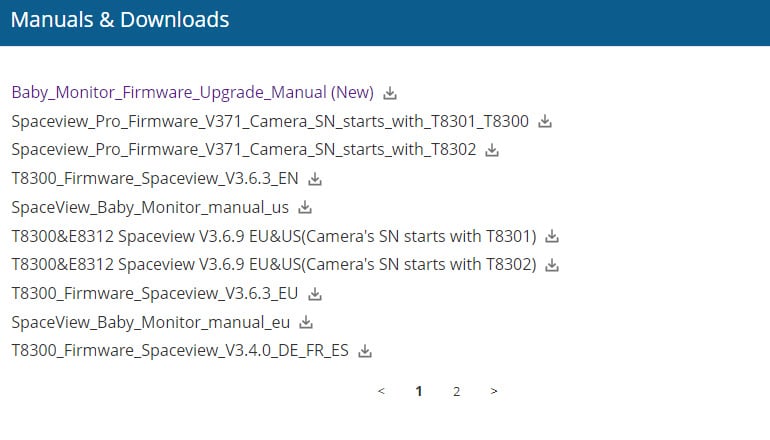
If possible, turn on automatic updates. It’s a smart move because it keeps your monitor secure without you having to remember to check manually. Hackers usually go after devices with outdated software, which makes your updated baby monitor a tougher target. This not only preserves your privacy but will make sure of your baby’s safety.
Besides regular updates, boosting your baby monitor’s security can be as easy as setting strong passwords, restricting remote access, and maybe using a VPN. These steps fortify the security around your baby monitor, keeping your network safe.
Disable Excess Remote Access Features
Wi-Fi baby monitors let you watch your little one from anywhere, which is super useful but remember that the more features you activate, the bigger the playground you’re giving to hackers.
Think about what you really need from your monitor. Is changing settings or panning the camera from your phone needed, or is just seeing your baby enough? Simplifying these choices can reduce security risks.
Here’s a tip: turn off features you don’t use daily. It might be a bit of a hassle initially, but trimming down those extras cuts down on hacker opportunities. To give you an example, remote configuration is great for adjustments on the fly, but it can be a hacker’s entry point if left unchecked.

To power down these extra features, go to the settings menu on your monitor or its app. Look for options like “Remote Access” or “Network Settings.” If things seem confusing, or you’re not sure what to disable, the manufacturer’s website or their customer support can be real lifesavers. The goal? Keep the monitor effective without risking your family’s privacy.
Personally, I limit remote access when it’s not in use. Yes, it’s cool to have those high-tech features, but weighing them against the security risks is equally important.
Use a VPN for Remote Monitoring
When you hook up a VPN to your baby monitor system, you’re seriously improving your security. What happens is, all the data flying through your home network gets scrambled into codes. It’s like turning your sensitive information into a top-secret language that nosy outsiders can’t crack.
Let’s think bigger, though – installing a VPN on your router doesn’t only lock down your baby monitor. It throws a security blanket over every single device connected to your Wi-Fi. From your smartphone all the way to your smart fridge, they all get a piece of this privacy pie. It’s super comforting to know your whole life is tucked in tight, safe, and sound.
Plus, a VPN does a cool little trick – it hides your IP address. This makes it really difficult for the bad guys to even find or track your devices. Just like that, your home turns into a much tougher nut to crack when it comes to online threats.

But remember, while a VPN is a powerhouse, it doesn’t solve every problem. Take your baby monitor’s firmware, To give you an example. Always go for a brand that’s all about security, one that keeps its software tough against any new threats.
And here’s an easy tip: cover your camera when it’s not needed. Sure, strong settings are important, but physically blocking the camera? That’s your fail-safe. It guarantees that even if someone slips past the guards, they won’t get a look at your private moments.
Monitor for Unusual Activity
Keeping your Wi-Fi baby monitor secure is important. Always be on the lookout for odd behaviors, like the camera moving unexpectedly or strange noises coming from the speaker. These signs might indicate that someone else has taken control.
Make it a habit to check your network logs. If you spot any devices connected to your Wi-Fi that shouldn’t be there, it could indicate uninvited activity.
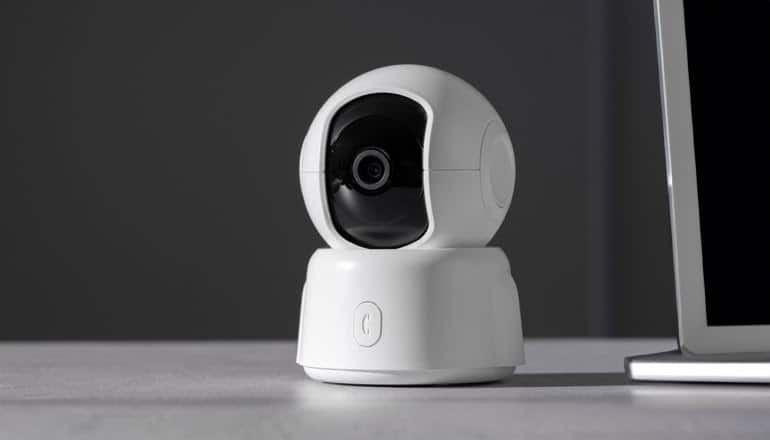
Also, keep an eye on your data usage. A spike in data might suggest that your monitor is being accessed from another location. Most routers and security systems let you set alerts for this kind of unusual activity, so take advantage of that feature.
If you suspect a security breach, don’t wait around. Change your passwords immediately, starting with your Wi-Fi network and the baby monitor itself. It’s also a good idea to see if other users of the same model are experiencing issues – sometimes, manufacturers send out updates to fix security problems.
Use a baby monitor from a reputable brand. Look for ones that offer strong encryption and two-factor authentication. I always go for strong, unique passwords and keep the firmware updated. Plus, using a VPN when accessing the monitor remotely can really improve your security.
Think about Non-Wi-Fi Monitors
If you’re worried about the safety of your little one, non-Wi-Fi baby monitors are worth considering. They’re tougher for cyber snoops to hack into because they don’t connect to the internet.
Here’s how they work: non-Wi-Fi baby monitors use a system much like walkie-talkies. They bounce radio waves between the monitor in your baby’s room and your handset. No internet means it’s much harder for hackers to intrude.
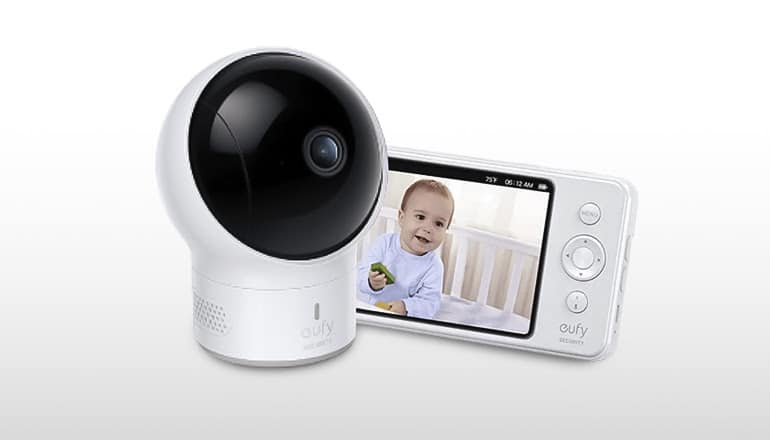
Let’s talk specifics. Take the Eufy SpaceView Pro. It gives you clear, high-definition video and covers long distances. It’s equipped with a wide-angle lens that lets you see more of the nursery without relying on an internet connection. Or think about the Infant Optics DXR-8 Pro. It has two-way talk, lets you check the room temperature, and you can even move the camera from another room.
It’s true that monitors that don’t use Wi-Fi might not have all the bells and whistles of their internet-enabled cousins. You won’t be able to look in on your kids from the office, to give you an example. But what you lose in features, you gain in peace of mind.
Keeping these devices safe is easy: update their firmware regularly and choose strong, unique passwords. These easy steps keep your monitor secure, which makes sure you can watch over your baby without worry.
Educate Yourself and Stay Informed
Technology never sits still, and neither do the threats that target our lives. As parents and protectors, it’s up to us to stay sharp and informed about the latest security risks and the best ways to guard against them. A great way to do this? Make it a habit to check out dependable security blogs, join discussions on baby monitor forums, and visit the websites of the devices we use at home. This keeps us clued in on the cybersecurity issues that could sneak into our home networks and into devices like our Wi-Fi-enabled baby monitors.
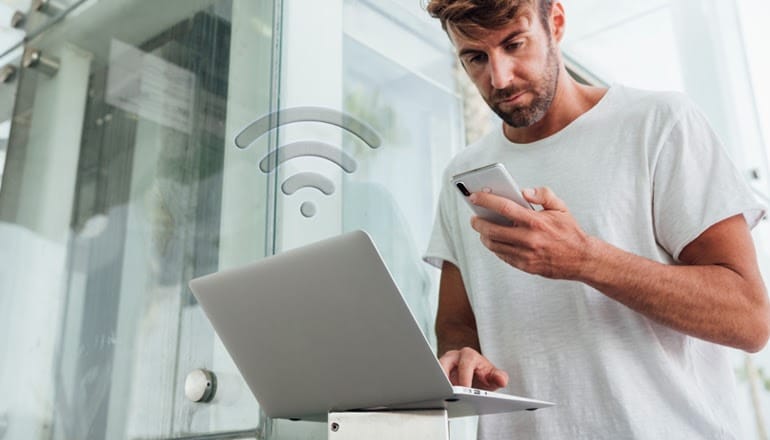
Why bother staying updated? Because the scene of threats changes just as fast as the technology they target. What’s secure today might not be tomorrow if it’s not updated to shield against the latest threats. Every new piece of knowledge adds a layer of defense, improving our security against unwelcome intrusions.
Is this all needed? Definitely! Protecting our baby monitors, securing our home networks, and keeping our families safe is absolutely important. And remember, you’re not in this process alone. There’s a whole community of cybersecurity experts and fellow parents out there. Plus, loads of resources are available to help and advise us as we address these challenges together.


